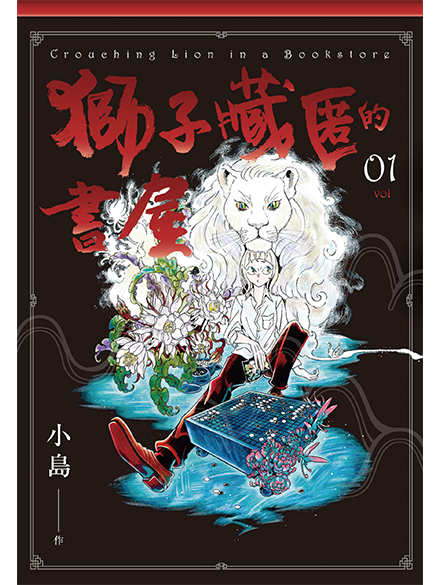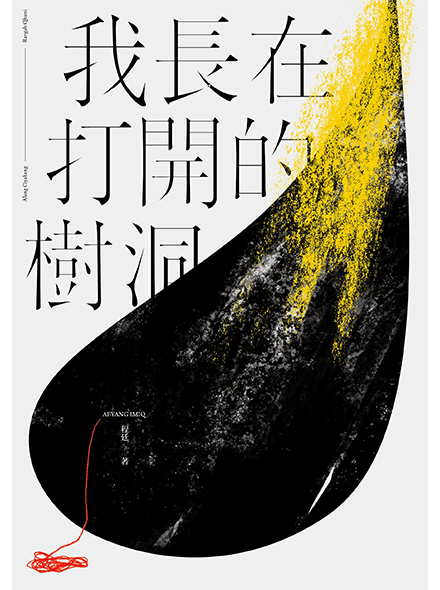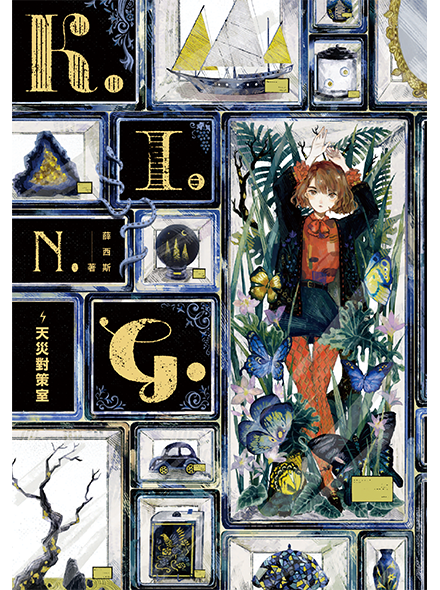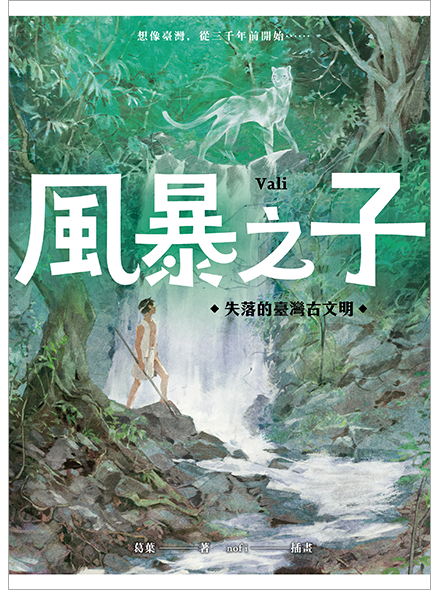(This article is a condensed version of one originally published at Readmoo: https://news.readmoo.com/2021/07/20/taipei-rights-workshop-2021/)
“Over the last few months, I think children’s books have been something of a survival tool for parents stuck at home and a major way for them to connect with their children,” says Gray Tan, founder of The Grayhawk Agency, in his welcome speech for the 2021 Taipei Rights Workshop, Summer Edition, co-hosted by The Grayhawk Agency and Taiwan Creative Content Agency (TAICCA).
This was the fourth session of the summer edition of Taipei Rights Workshop, but due to the pandemic the roundtable discussion was hosted online for the first time. The eight children’s publishers who were invited to participate had a wealth of industry experience and included: Supawee Supatit, foreign rights executive at Amarin (Thailand); Purichaya Asunee Na Ayuttaya, rights editor at B2S Co. (Thailand); Nguyen Thi Ha, rights executive at Thai Ha (Vitenam); Phan Thanh Lan, rights executive at Kim Dong (Vitenam); Yuliani Liputo, rights executive at Mizan (Indonesia); Shera Sihbudi, rights executive at Noura (Indonesia); Ally Bang, rights executive at Changbi (South Korea); and Su Shin, special assistant to the chairman of B.K. Agency (Taiwan). Together, their frank discussion focused on how the pandemic has impacted their respective book markets, as well as on the proportion of local or translated works in each market and what selling rights is like behind the scenes. Even though the pandemic prevented us from having the chance to get together in person, the children’s book publishers of the Milk Tea Alliance (an online democracy and human rights movement consisting of netizens from Taiwan, Hong Kong, Thailand, Myanmar, Indonesia and South Korea among others) were still able to gather online and share their insight on fighting the pandemic.
Publishers Fighting the Pandemic: The Rise of Shopee, Using Pre-orders to Determine Print Runs, and Curated Livestreams to Interact with Readers
“As readers turned to purchasing books online, e-commerce site Shopee has started to become more important. Many of the book fairs have also been held online,” said Su Shin. This was a situation that a lot of countries’ book markets faced during the pandemic. Taiwan had the pandemic well under control during its early stages but in mid-May 2021 restrictions were escalated to Level 3 which was a hit to physical bookstores, especially independent bookstores who really bore the brunt of the new rules. Staying home long-term has led to an increase in book sales for certain genres: “Self-help books, books about exercise, and children’s books have responded particularly well, and recently we’ve also seen an increase in sales of colouring books and children’s study aids.”
“Ultimately, we always have to find something for the children to do.” The same situation occurred in Indonesia where a third wave of the pandemic broke out last month and physical channels for book sales halted business one after the other, forcing publishers to switch to online platforms and hold virtual storytelling workshops to reach readers. “Some publishers have official online stores on Shopee, and they’re finding that children’s board books, story books and picture books are all extremely popular.” However, inevitably most book sales are still suffering and the sales for new titles are so much lower that a lot of publishing houses in Indonesia are starting to offer the book as a pre-order one month before publication and then only print copies after confirming the number of pre-orders.
It’s a very similar situation in Vietnam. In response to the pandemic, there has been an increase in sales of health-related titles and children’s books. High school students have been particularly drawn to comic books that come with tasteful free gifts and the students are happy to buy the comics with their own money. Shopee plays an equally important role in both Vietnam and Thailand’s book markets. Thailand’s previous pandemic response meant that the book market remained relatively stable, but sales have declined since a new wave of infections broke out in March and publishers have needed to rely on more diverse forms of online marketing and livestreaming. However, the restriction of physical publicity events has led to reduced visibility for new writers. Literary works have been a favourite of Thai readers during the pandemic and they’ve been particularly keen on romance novels, perhaps as a source of comfort during this period of public anxiety. Children’s books have also been a saving grace and parents have been willing to order them online.
In South Korea, even though the scale of offline activities has been small, online book fairs have been extremely active. “Kobo, the largest publishing house in South Korea, increased its book fair activities by 17% and saw a 30% increase in online sales, but by contrast they only saw a 0.7% increase in sales from physical bookstores,” said Ally Bang. With children’s books, it can help sales immensely if a teacher includes a book in their recommended reading materials.
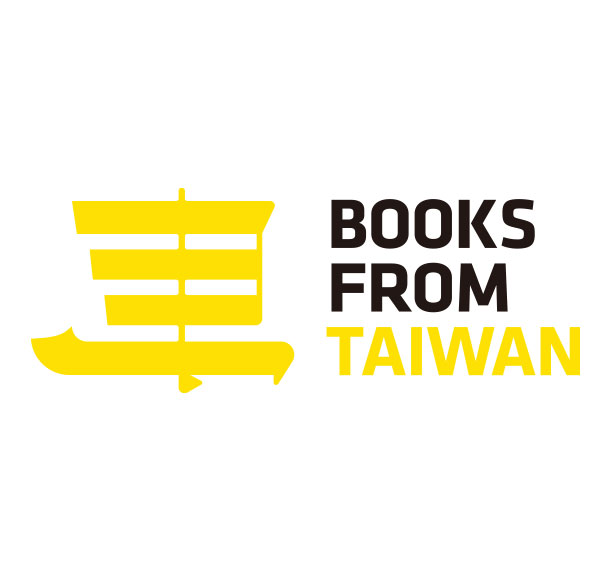


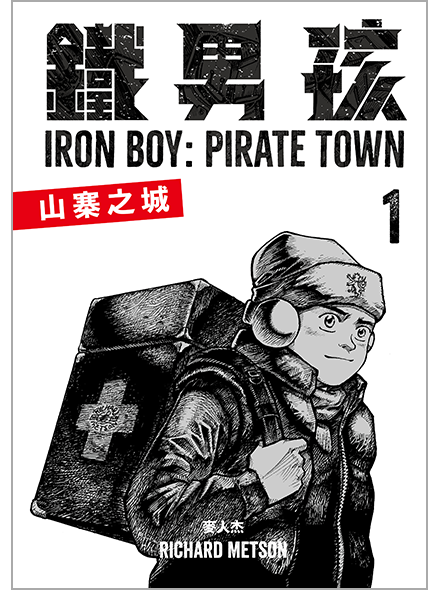

.png)

